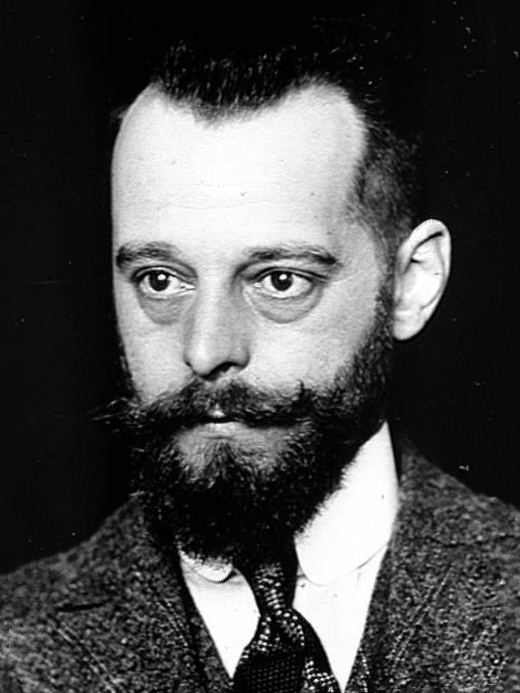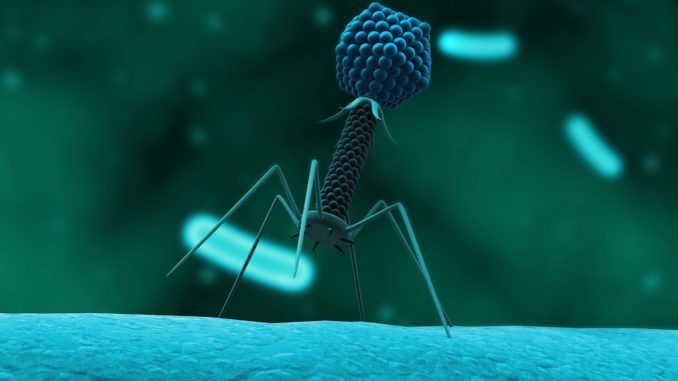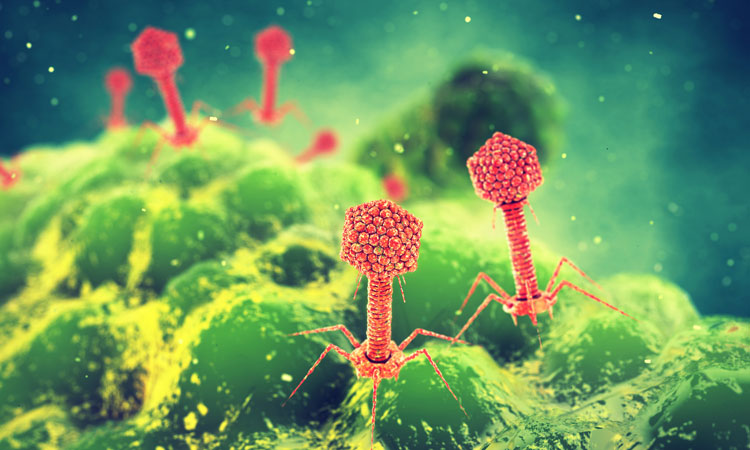Science is a fascinating field. The more you dig yourself into the mysteries of the world, you understand how magnificently it is wrapped with the complexities of molecules and compounds together in a stable manner. Unraveling these mysterious is another beauty. If we read the history of science, we understand how more prominent phenomena were discovered through precise understanding surrounding us. Indeed, to every question, we have an answer, but it is up to us how we investigate them. We all are well familiar with how the open window of the Louis Pasteur lab led him to discover penicillin, which is now the leading drug across the world. But, have you ever thought when does the idea of killing one entity from others discovered for humanity apart from the regular Human world wars? Yes, you read this right did you ever thought how the theory of war between viruses and bacteria to kill one another originated? If not, then don’t worry as Felix d’Herelle not only discovered this phenomenon back in 1917 but also put forth the basis of the first successful bacteriophage therapy.
Felix d’Herelle – Early experiments of a naïve scientist
The French-Canadian microbiologist, Felix d’Herelle was born on April 25th, 1873. In his early years, he moved across various countries and studied different niches until he was 24 years of age with a daughter at home. Living in Canada, his father’s friend paved his way into microbiology, advising him that “Pasteur got a good beginning through fermentation.” This got stuck in the head of the young lad who built a laboratory at home and started working in the field of microbiology, fermentation, distillation, etc.

He worked in the General hospital in Guatemala City as a frontline worker defining treatment strategies against yellow fever and malaria. However, over his career, he worked on numerous other departments including,
- Publishing an article on carbon is a compound, not an element
- Developed whiskey from banana
- Studied fungal infection and their treatment for the coffee plant through soil acidification
- Utilized the own locust pathogens to prevent crops from the attack
A journey from Pasteur fermentation to d’Herelle phage treatment
Even though he had various inconsistent achievements in the line of Pasteur fermentation, what made Felix d’Herelle, a name to remember, was his discovery of the minute organism capable of killing bacteria. During World War II, while treating the French army in 1917, d’Herelle reported that there is some minute agent present in the faeces of the French soldier who is capable of inhibiting the bacterial growth of Shigella bacillus by bacterial lysis. He reported his results on the experiments carried out by isolating the agent from the faeces that,
· It can’t be seen under a simple microscope
“From the faeces of several patients convalescing from infection with the dysentery bacillus, as well as from the urine of another patient, I have isolated an invisible microbe endowed with an antagonistic property against the bacillus of Shiga.”
· The agent is only present when there are the bacteria in the body
“In convalescent cases, …the antagonistic microbe disappears very soon after the disappearance of the pathogenic bacillus…I have never found this antagonistic microbe in…normal subjects.”
· The agent is host-specific
“I have never obtained an activity against other microbes: typhus and paratyphoid bacilli, staphylococci, and so on.”
· The agent is a living system
“The antagonistic microbe can never be cultivated in media in the absence of the dysentery bacillus…This indicates that the antagonistic dysentery microbe is an obligate bacteriophage.”
Through his paper, d’Herelle named this agent bacteriophage meaning “bacteria-eaters.”
Was d’Herelle the actual discoverer of the bacteriophage?
Though the literature suggests that d’Herelle has a profound work in bacteriophages treatment strategy against bacterial infections, yet Frederick W. Twort holds the title of discovering these minute agents. During his research on the smallpox vaccine in 1915, he found that contaminating bacteria allowed the smallpox vaccine to survive. But his further results showed that the agent could pass through the porcelain filter and require bacteria for growth. These were the characteristics features of bacteriophage, d’Herelle re-investigated, but Wort believed that these are not any living entity but any enzyme of the bacteria with bacteriolytic capability. Unfortunately for Wort that he couldn’t make it to the final position, yet the famous controversy of Jules Bordet re-emerged the name of Wort associated with bacteriophage.

Bacteriophage – the viruses eating bacteria
As suggested by d’Herelle and with further studies on the minute agent, the bacteriophage is a DNA or RNA based virus whose nucleotide varies from few thousands to hundreds of thousands. Being the most abundant species on earth, the bacteriophage may have a protein or a lipoprotein called as capsid surrounding its genome. The typical T4 bacteriophage studied in detail has an icosahedral head and a capsulated tail for attachment and penetration of the genomic particle.
· The Mode of action of bacteriophage
On entering the cell, the bacteriophage has two fates either it goes for
- Lytic cycle
- Lysogenic cycle
Lytic cycle
By the name it indicates, the bacteriophage results in the lysis of the bacterial cell, thus destroying the massive regeneration.
Lysogenic cycle
This is a generally host-guest cycle where the bacteriophage enters the bacterial cell stays there regenerate with the bacterial reproduction until it decides to go the destruction pathway.
Ref:
Rees, C. R., & Botsaris, G. (2012). The use of phage for detection, antibiotic sensitivity testing, and enumeration. Understanding tuberculosis-global experiences and innovative approaches to the diagnosis. Rijeka: InTech, 293-306.
Bacteriophage as the possible treatment strategy
In 1919, d’Herelle used the bacteriophage isolated from the chicken suffering from the plague of chicken typhus and treated another chicken suffering from the same disease. This was the first successful treatment strategy that boosted confidence in d’Herelle to go for a human trial. In the same year back in Paris, d’Herelle treated the first human case of dysentery through the bacteriophage, and the successful results allowed d’Herelle to put-forth bacteriophage as the most significant turn over in the field of science.
Broad-spectrum applications of phage treatment
The discovery of bacteriophage was an interesting turn of events, especially for the broad range of applications. Some of them included,
- Wound site infection prevention
- Effectiveness against osteomyelitis
- Phage therapy superiors strategy for burn injuries
- Phage therapy against food-borne diseases
- Phage therapy against water-borne diseases
- Bacteriophage use in bioterrorism
Indeed, every discovery has a story, and every story is as exciting as the discovery led to the changes in the fields of science. It is all about investigating the nature and questioning the unknown.
Also Read: The Sinister Ebola Virus

Rida Nayyab is a young activist and a Cricket freak. She is a Student of Bio-Chemistry and striving for a better future. Rida is also a freelance writer, social enthusiast, and love to reading, writing and exploring. She is head of the social media team of Scientia magazine.

